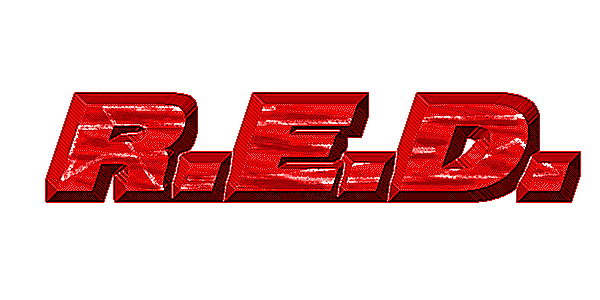

The "squish" band is a somewhat narrow angle cut into the outer periphery of the combustion chamber that comes into a close clearance proximity with the piston crown outer edges at TDC (Top Dead Center) of crankshaft rotation. Measuring it accurately so as to make decisions about what modification(s) should be made to an engine's compression ratio and combustion chamber is a critical reference step in planning a high performance motor.
To determine your actual squish clearance...
You will need about a 10" length of solder of a diameter that is thicker than your current squish clearance. Common available diameters are approximately .038", .065", .090" and about .140". Start with the .065" (in tightly set-up race engines of smaller displacement you may need only the .038") and if it is not thick enough because your squish clearance turns out to be greater, just go up to the next size. IMPORTANT! IF YOU USE SOLDER THAT IS THICKER THAN NECESSARY TO MEASURE THE EXISTING CLEARANCE (Example: Using .090" thickness solder in a cylinder with .055" squish clearance, when the proper solder thickness to be used would be .065") YOUR MEASURED CLEARANCE WILL BE INACCURATE!!! If you get inaccurate squish clearance impressions, everything that is deduced from them will be seriously flawed. THIS IS A BIG DEAL, SO TREAT IT WITH PROPERLY DUE ATTENTION!
Cut the solder tips squarely with a single edge razor blade so each tip is cut perfectly perpendicular to the solder length. This is also VERY IMPORTANT to get accurate indications from the very edge of the combustion chamber limits! Bend the solder into an upside down "U" shape with the "legs" about 1/2" apart and parallel to eachother. Now cross the "legs" over eachother. You should now have an inverted "U" of solder with "legs" crossed in an "X" pattern.
Remove spark plug from your engine. Bring the engine up to approximate top dead center (follow the piston up the bore with another piece of solder stuck into the plug hole.......). Now back the motor up opposite normal direction of rotation until the piston has dropped about an inch back down the bore. Insert your two "legs" of solder into the plug hole while holding the solder by its' "U". Push and allow the "legs" to splay left and right across the piston dome INLINE WITH THE WRIST PIN AXIS. Do NOT push the "legs" fore and aft (front to back) in the bore or the potential for the piston to "tilt" on the wrist pin in its' cylinder wall clearance could give you false readings.
You'll be able to "feel" the tips of the solder as they move left and right out to the cylinder wall limits. When you feel them touch the cylinder wall, stop pushing and hold what you've got with one hand while rotating the motor up to TDC with the other hand by its' flywheel or similar. If the solder is thicker than your squish clearance you will feel resistance as you reach TDC. If the resistance is too great to roll past TDC, select another length of solder of the next thinner diameter.
Roll the engine through TDC and allow the piston to descend enough down the bore to easily retract the legs of solder back out through the plug hole. IMPORTANT! Keep track of which tip was at which side of the bore so you'll know which is which if there's a difference in squish clearance from one side of the bore to the other! Differences in clearance from one side to the other are common and can be caused by a "tilted" squish band in the head, "tilted" piston crown, bent rod, cylinder bore not cut perpendicular to the head mating surface, etc.. Noticing that there is a problem and which direction the "tilt" is will alert you to track down the culprit.
Now measure the compressed tip ENDS (it is fairly common for the squish band angle in the head and the radius on the piston crown to diverge slightly, thus your "tightest" clearance will be right at the very ends of your solder) and record them. This is your actual squish clearance at TDC.